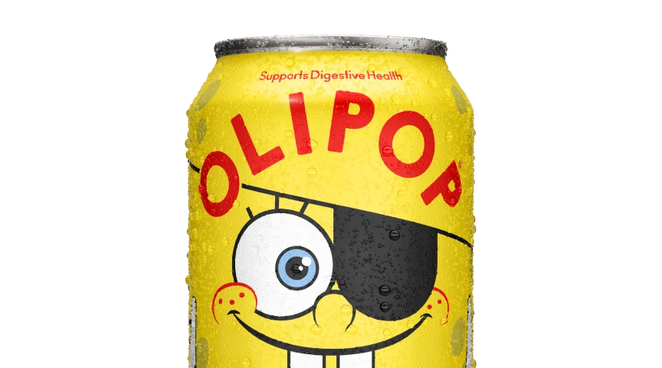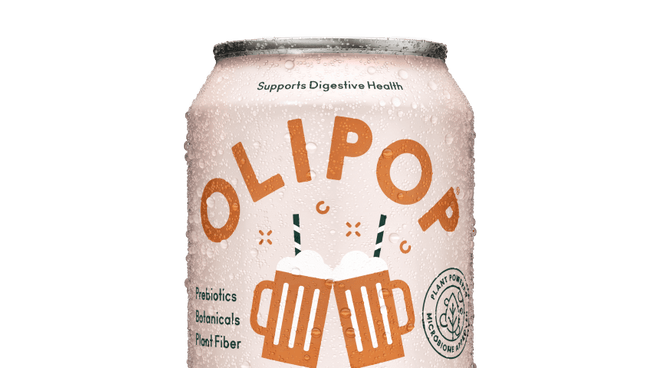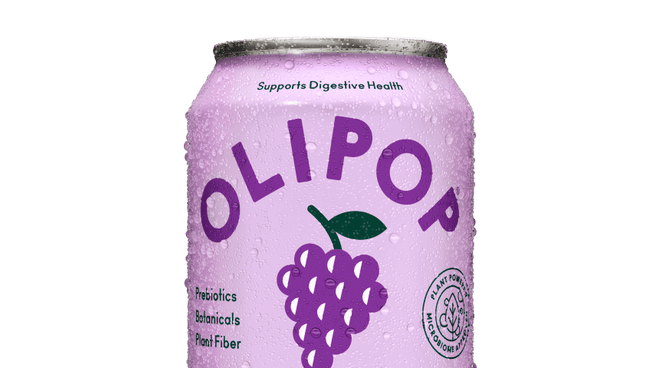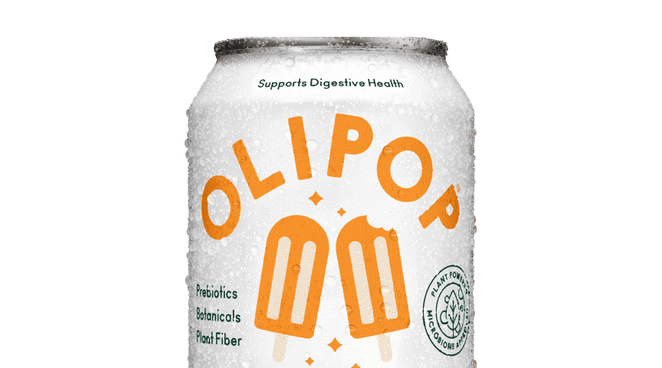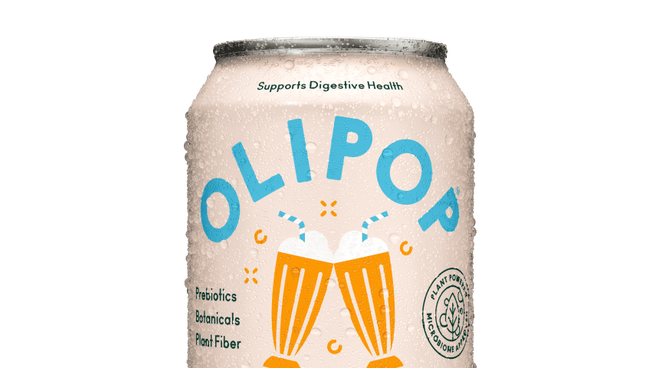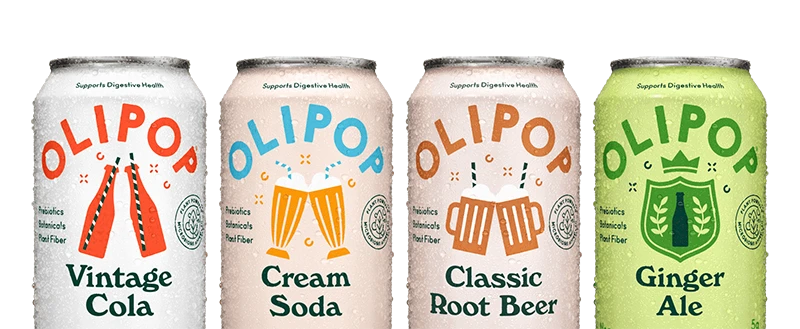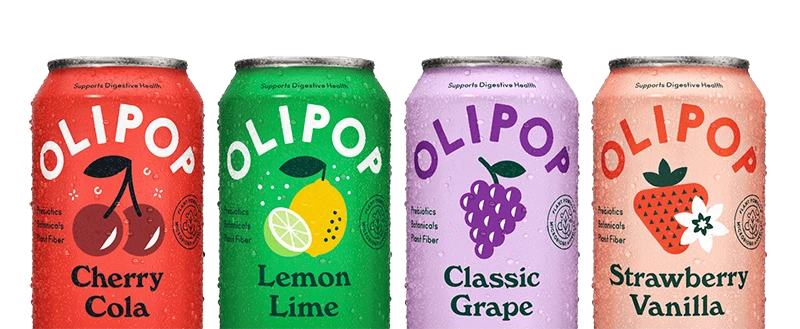Editor's Note: This article is reviewed by Dr. Renee Korczak Ph.D., RDN, CSSD, LD. who is a paid member of the OLIPOP team. She specializes in digestive health and helps review OLIPOP content for scientific accuracy.
Our food and beverage culture seems to be embracing new ways to enhance flavor, texture, and healthiness. But sometimes, these “new” healthy ingredients aren’t really new at all and have been right in front of us the whole time. Take guar fiber, an extremely versatile and fascinating fiber that has long flown under the radar but has been a part of our collective food culture for centuries. From its humble origins in the fields of South Asia to its evolving role in modern food and beverage production, guar fiber’s journey serves as a lesson that sometimes new solutions can come from old places.
In this comprehensive guide, we'll explore guar fiber's rich history, diverse applications, and surprising health benefits. Get ready to delve into the world of guar fiber, where ancient traditions meet cutting-edge innovations, and discover why this remarkable ingredient is poised to continue making a mark on our plates, our guts, and our OLIPOP sodas!
What is Guar Fiber?
Guar fiber, also called guar gum or guaran, is a galactomannan polysaccharide derived from the seeds of the guar plant. That’s a fancy way of saying that guar gum is a carbohydrate made of a long chain of sugar molecules, namely mannose and galactose sugars.
Also known by its scientific name, Cyamopsis tetragonoloba, the guar plant is a drought-resistant legume native to the semi-arid regions of India and Pakistan. The story of guar fiber begins with ancient agricultural practices in these regions, where the resilient guar bean was cultivated for centuries. Traditionally, the beans were used as a protein source and natural fertilizer. However, the discovery of their gelling properties eventually propelled guar fiber into the global market.
The extraction process of guar fiber is somewhat complex. Once harvested, the guar seeds undergo a series of manufacturing steps to separate the valuable endosperm from the rest of the seed. The beans are cleaned, dehusked, and split, revealing the galactomannan-rich endosperm. This endosperm is then milled and refined into a fine, off-white powder known as guar fiber. This gum is prized for its high viscosity and water-binding capabilities, making it a helpful thickening, emulsifying, and stabilizing agent in various applications.
Guar Fiber Uses
The journey of guar fiber from the fields to our kitchens is a tale of innovation and adaptation. Historically, guar fiber was used in traditional Indian cuisine, particularly in dishes requiring thickening or stabilization. Its ability to form gels and increase viscosity (think thick and sticky!) made it a natural choice for soups, stews, and sauces. Beyond the culinary realm, guar fiber also found applications in traditional medicine, where it was used to support digestive health.
In modern times, we’ve harnessed the versatility of guar fiber across numerous industries. In the food and beverage sector, it plays a crucial role in enhancing product texture and shelf life. For example, in ice cream, guar fiber prevents the formation of ice crystals, ensuring a smooth and creamy texture. In gluten-free baking, it acts as a vital binder and thickener, compensating for the lack of gluten and providing structure to baked goods. Additionally, guar fiber is used in sauces, salad dressings, and dairy products, improving consistency and preventing separation. (Hint: it’s also used in OLIPOP for its prebiotic benefits! But more on that later…)
Guar fiber’s utility also extends far beyond food! It’s a key ingredient in cosmetics, serving as a thickening agent in lotions and creams. It’s also prized for its usefulness in the textile, printing, oil, and gas industries.
Guar Fiber Potential Health Benefits
As a dietary fiber, guar fiber has garnered attention not only for its functional properties in food production but also for its potential health benefits. This soluble fiber can be a valuable addition to a balanced diet, offering a range of possible positive effects on the body. Here are some of the potential health benefits associated with the consumption of guar fiber:
- Digestive Health: Guar fiber could help regulate bowel movements and help alleviate occasional constipation by increasing stool bulk and promoting regularity.
- Enhanced Gut Health: Guar fiber acts as a prebiotic, fostering the growth of beneficial gut bacteria and helping contribute to overall gut health.
Why Do We Use Guar Fiber in OLIPOP?
At OLIPOP, we’re committed to supporting your digestive health with every sip. To do this, we include our unique ingredient blend OLISmart in every can, featuring a blend of functional ingredients to support your microbiome and digestive health. And guess what? Guar fiber is now an essential part of our OLISmart formula thanks to its prebiotic fiber content, which supports digestion, digestive health, and maintaining a healthy gut microbiome. So check out OLIPOP now and enjoy high fiber in every delicious flavor and can!
Guar Fiber: The Takeaway
As we look to the future, the potential applications of guar fiber continue to expand, driven by a growing demand for functional ingredients in the food and beverage industry and beyond. The convergence of traditional knowledge and modern science promises exciting developments in the use of guar fiber, not only as a fibrous additive in products like OLIPOP but also as a health-promoting component of our diets. So, next time you encounter guar fiber on an ingredient list, take a moment to appreciate the complex journey and the many benefits the gum from this humble bean offers. The future of guar fiber is bright, and its role in our food and health landscapes is set to grow even more significant.
Sources
- Alam, N. H., Meier, R., Schneider, H., Sarker, S. A., Bardhan, P. K., Mahalanabis, D., Fuchs, G. J., & Gyr, N. (2000). Partially hydrolyzed Guar Gum–Supplemented oral rehydration solution in the treatment of acute diarrhea in children. Journal of Pediatric Gastroenterology and Nutrition, 31(5), 503–507. https://doi.org/10.1097/00005176-200011000-00010
- Effects of a gel forming dietary fiber, guar gum, on the absorption of glibenclamide and metabolic control and serum lipids in patients with non-insulin-dependent (type 2) diabetes. (1990, April 1). PubMed. https://pubmed.ncbi.nlm.nih.gov/2110937/
- Fairchild, R. M., Ellis, P. R., Byrne, A. J., Luzio, S. D., & Mir, M. A. (1996). A new breakfast cereal containing guar gum reduces postprandial plasma glucose and insulin concentrations in normal-weight human subjects. British Journal of Nutrition, 76(1), 63–73. https://doi.org/10.1079/bjn19960009
- French, S., & Read, N. (1994). Effect of guar gum on hunger and satiety after meals of differing fat content: relationship with gastric emptying. American Journal of Clinical Nutrition, 59(1), 87–91. https://doi.org/10.1093/ajcn/59.1.87
- Guar Gum Uses, Benefits & Dosage Herbal Database. (n.d.). Drugs.com. https://www.drugs.com/npp/guar-gum.html
- Jones, K. L., MacIntosh, C., Su, Y., Wells, F., Chapman, I. M., Tonkin, A., & Horowitz, M. (2001). Guar gum reduces postprandial hypotension in older people. Journal of the American Geriatrics Society, 49(2), 162–167. https://doi.org/10.1046/j.1532-5415.2001.49037.x
- Knopp, R. H., Superko, H. R., Davidson, M., Insull, W., Dujovne, C. A., Kwiterovich, P. O., Zavoral, J. H., Graham, K., O’Connor, R. R., & Edelman, D. A. (1999). Long-term blood cholesterolâlowering effects of a dietary fiber supplement. American Journal of Preventive Medicine, 17(1), 18–23. https://doi.org/10.1016/s0749-3797(99)00039-2
- Mudgil, D., Barak, S., & Khatkar, B. S. (2011). Guar gum: processing, properties and food applications—A Review. Journal of Food Science and Technology, 51(3), 409–418. https://doi.org/10.1007/s13197-011-0522-x
- Pittler, M. H., Schmidt, K., & Ernst, E. (2005). Adverse events of herbal food supplements for body weight reduction: systematic review*. Obesity Reviews, 6(2), 93–111. https://doi.org/10.1111/j.1467-789x.2005.00169.x
- Rao, T. P., Hayakawa, M., Minami, T., Ishihara, N., Kapoor, M. P., Ohkubo, T., Juneja, L. R., & Wakabayashi, K. (2015). Post-meal perceivable satiety and subsequent energy intake with intake of partially hydrolysed guar gum. British Journal of Nutrition, 113(9), 1489–1498. https://doi.org/10.1017/s0007114515000756
- Rd, R. a. M. (2019, September 27). Is guar gum healthy or unhealthy? The surprising truth. Healthline. https://www.healthline.com/nutrition/guar-gum
- Slavin, J. (2013). Fiber and Prebiotics: Mechanisms and health benefits. Nutrients, 5(4), 1417–1435. https://doi.org/10.3390/nu5041417
- Steels, E., Erhardt, R., Harnett, J. E., Vigar, V., & Steadman, K. J. (2023). Efficacy of a prebiotic formulation for treatment of functional constipation and associated gastrointestinal symptoms in adults: A randomised controlled trial. Advances in Integrative Medicine, 10(2), 43–50. https://doi.org/10.1016/j.aimed.2023.05.001
- Guar fiber has been used and valued for centuries in South Asia for its wide-ranging applications.
- Guar fiber may help lower cholesterol and blood pressure and support blood sugar levels and gut health.
- Guar fiber is now an ingredient in some of our OLIPOP flavors. Pick up a can today to add more prebiotic fiber to your day, one can at a time.








